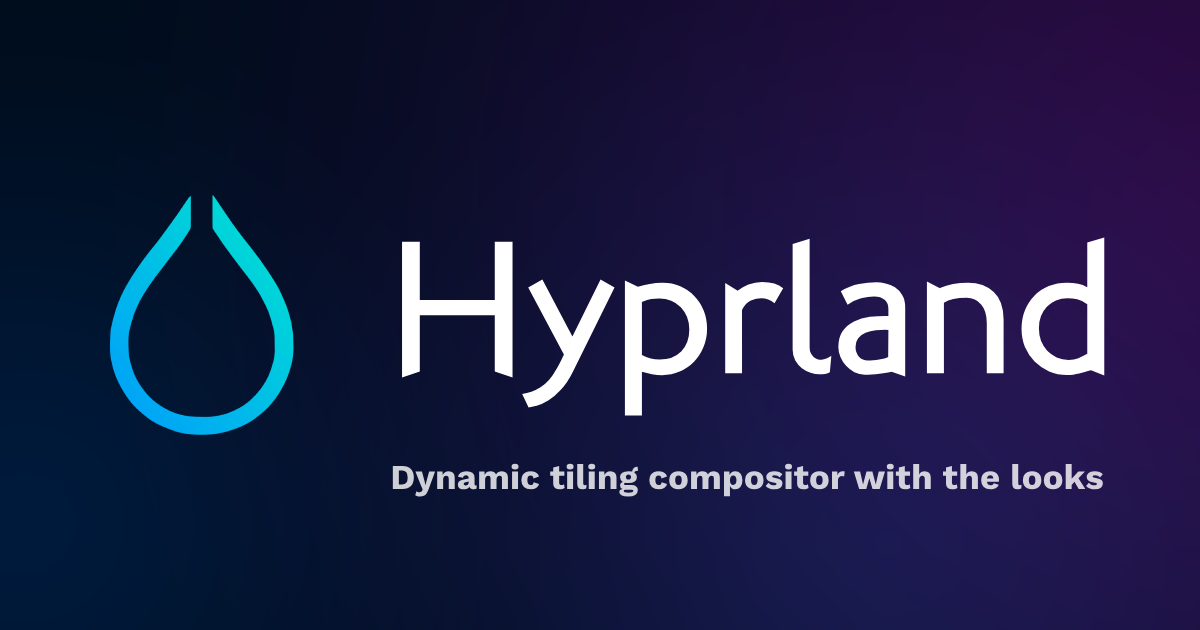

Nach den vorliegenden Studien gehen die Forscher davon aus, dass die Droge vor allem durch die Entsorgung von Kokainabfällen ins Meer gelangt.
Also wieder ein schlechtes Ergebnis der Prohibition. Bei legaler Produktion könnte eine fachgerechte Entsorgung verpflichtend sein — vorausgesetzt die jeweiligen Länder entsorgen ihren anderen Müll schon jetzt fachgerecht, was leider häufig nicht der Fall ist.






















Vor einem Monat waren die Streichpläne noch nicht “konkret”, sondern nur geplant 😁